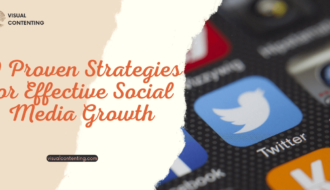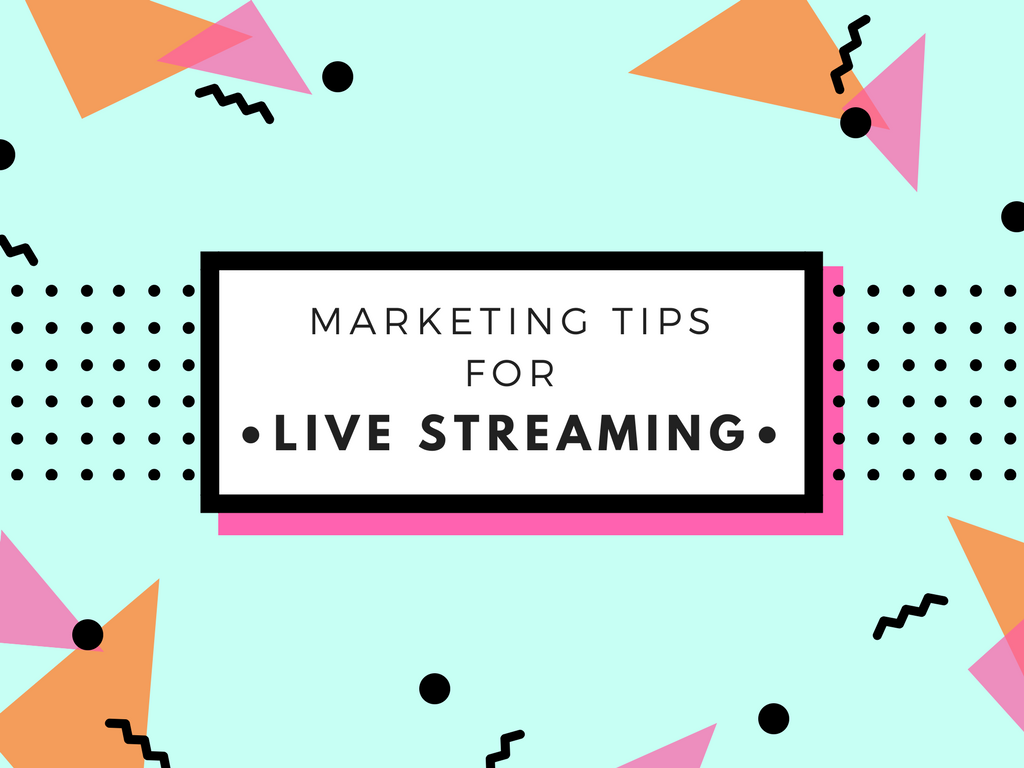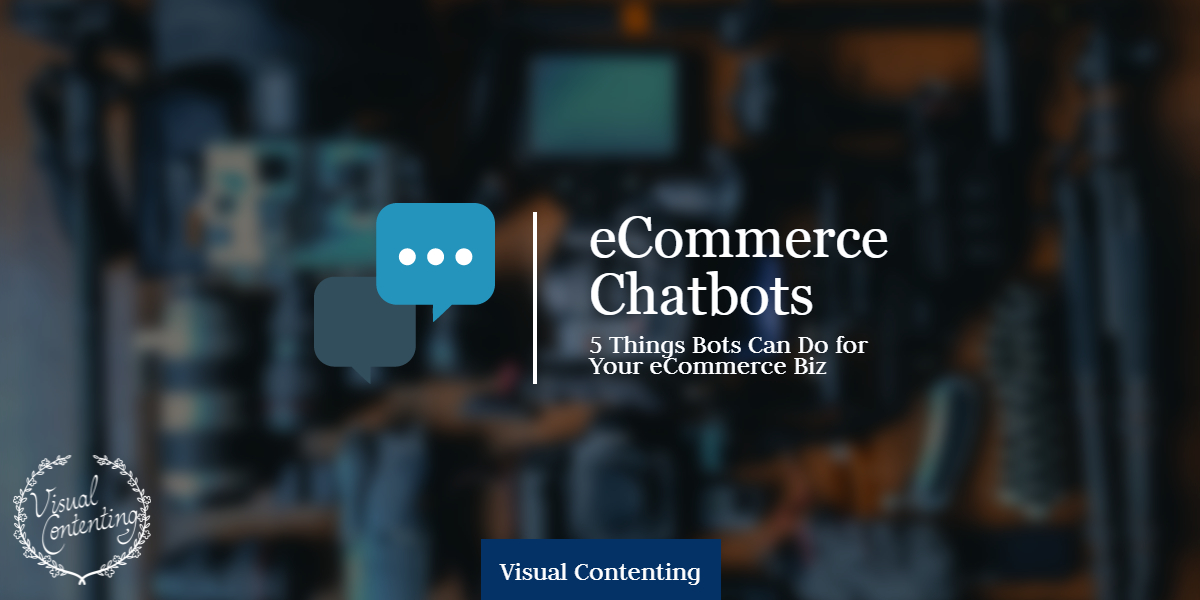Social media platforms are powerful assets, always at the disposal of both businesses and individuals.
If you are using an LMS (Learning Management System), you are probably wondering if it’s possible to leverage your social media profile to promote your LMS software, increase the enrollment rates, and monetize it. The answer is yes, but it is a bit more complicated than that.
Improving LMS user-experience using your social media is a long-term effort. First, you will have to devise a strategy, a plan of sorts. You might need help here, especially if you haven’t done it before.
This is why we give you these five tips to improve LMS user-experience using your social media.
1. Facilitate Social Learning

Do you know that there are still a lot of skeptics thinking that eLearning will never come close to the traditional classroom because it has no social aspect? Social media platforms and LMS software can easily prove them wrong.
More importantly, by using social media capabilities, an LMS tool can help you create the ultimate social learning environment and improve LMS user-experience overall.
How to do it? Many social media platforms allow users to create groups and communities. You can do this for each of your courses and invite all enrollees to join those groups. Since each group will be focusing on a specific topic or niche, enrollees will be able to read about other people’s experiences, share valuable content, and learn from each other.
You should also play an active role in these groups, or encourage course creators to do so. By participating actively in those groups, you will improve LMS user-experience and make it easier for people to come on board and complete courses.
2. Add a Collaborative Aspect to Online Learning
Working together while learning provides amazing results. It allows learners to tap into each other’s experiences, collaborate, and go through learning materials more efficiently.
Fortunately, social media platforms can help you with all those messaging capabilities. Introducing collaboration may prove difficult at first, but once several students pitch in, it won't stop until the course is over.
There are several ways to do it. On Facebook, for instance, you can create groups in Messenger and introduce it as a collaboration channel to course enrollees. A place where they can express their doubts and ask questions.
On the other hand, Twitter is a perfect place to start an online discussion regarding the course topic and learning materials. You only need to create a unique hashtag and invite the enrollees to follow it.
3. Leverage Polls and Surveys
There is no better way to improve user-experience than to ask the end users directly what they like and dislike about learning materials, a course in general, or the LMS software platform you are using.
You can use their pain points to your advantage by resolving them as soon as possible, ultimately improving LMS user-experience on social media across the board.
What’s even better, you don't have to wait for students to come complaining.
Make sure to post regularly, or make this one post sticky, where you will inform people what polls and surveys will always come after each lesson and at the end of the course.
Use social media features to create surveys and polls and ask students directly what they don't like, which topic they would like to learn more about, and what they value the most.
4. Become a Q&A Junkie

Q&A sessions are your next stop. These can help you hear your audience out, and find out what troubles them.
While they provide great user-experience themselves, Q&A events can help you discover pain points and deliver a better experience. They are also a fantastic way of boosting engagement on your social media platforms and getting people more interested in what you have to offer.
Q&A events are also very useful for those people in your audience that are afraid or shy to ask a question for whatever reason. They can join and learn from the answers and benefit from the questions asked by their peers.
Regular Q&A events should become your routine. Make sure to announce them in advance so that people can think of good questions.
On Facebook, you can even host live video Q&A, and make it even easier for people to engage and ask questions.
5. Record and Share Videos
People often do not know what to expect from a course even if you provide them with all the topics that are going to be covered. This is where videos really come in handy, not only as a content type used in your course but also as a course promotion tool.
You can record videos featuring your course creator explaining who the course is intended for, which LMS software was used, and how it will benefit anyone who decides to enroll.
You should make this a regular practice and bring your user-experience to another level. To make it consistent, you should consider making a YouTube channel, upload it there, and then share it across your social media platforms.
Closing Remarks
When choosing the right LMS software that reflects your goals and objectives, it’s important to know how to improve LMS user-experience using your social media. All the tips discussed above can help you create a long-term UX strategy and delight your students endlessly.
Related Posts
Robin is a Technical Support Executive. He is an expert in knowledge management and various Knowledge base tools. Currently, he is a resident knowledge management expert at ProProfs. In his free time, Robin enjoys reading and traveling.








[…] 5 Tips to Improve LMS User Experience Using Your Social Media […]